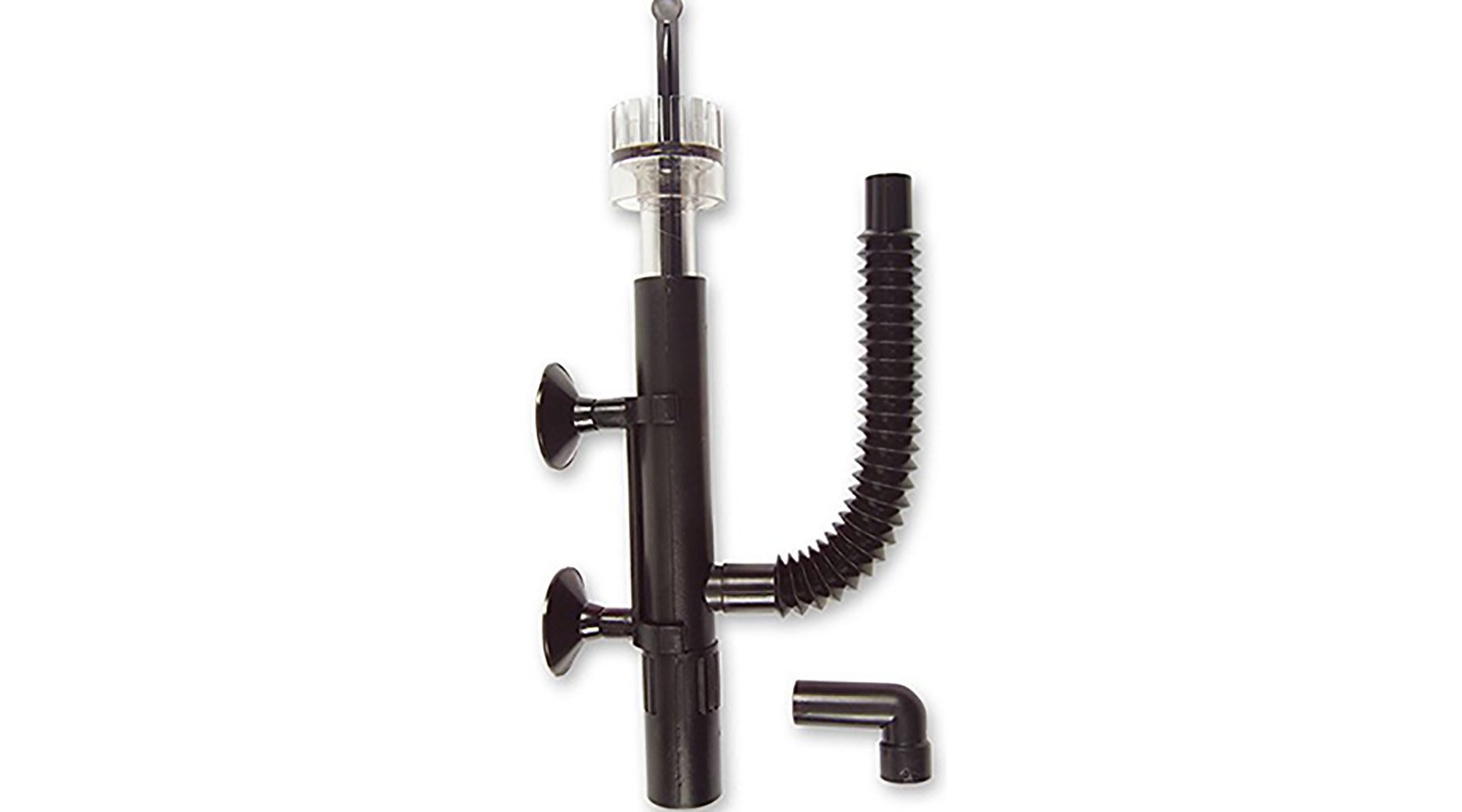
‘Surface scum’ occurs as a white, oily or milky layer on the surface of the tank. Its unsightly nature aside, the key reason it deserves attention is because its build-up affects vital gaseous exchange and lowers the tank’s overall oxygen levels.
Even in heavily planted tanks, plants only produce oxygen during the light window, which is around 7 to 8 hours for most tanks. However, organisms such as fish, bacteria and other microbes consume oxygen throughout the day. This means that for the majority of the time, a tank is dependent on surface gaseous exchange for oxygen. Good oxygen levels are crucial to support an active bacteria colony, which helps to break down organic waste and in turn keeps algae at bay.
So a tank’s seemingly innocuous ‘surface scum’ can lead to a host of issues.
Above: ‘surface scum’ is common in new tanks. This is because as the plants adapt to a new environment, they release proteins that accumulate on the surface, often as an oily film.
But what exactly is it?
Most of the time, surface scum is a microbial bio-film. Put another way: a thriving, slimy colony of bacteria and other microorganisms.
5 main causes
- Excess organic waste. In new tanks that are not yet biologically mature, or tanks with an under-sized filter, organic waste is often not digested quickly enough by the filter and accumulate at the surface where good oxygen levels support a thriving microbial colony that feed on this excess waste.
- Change in plant growth parameters. This can be triggered by new light levels, a new fertiliser or new equipment etc. As plants reprogram their cells to adapt to the new tank conditions, they release proteins that gather at the surface, often as an oily film. So an ‘improvement’ in tank conditions can interestingly lead to a temporary increase in surface bio-film.
- Poor circulation. In a mature tank with already poor circulation and gaseous exchange , microbes prefer to hang out at the water surface where oxygen is plentiful. This is a vicious cycle, as the accumulated slime decreases surface exchange even further.
- Excessive Iron. In some tanks, excessive iron dosing can give rise to a viscous white film, where bacteria feed off the rich iron.
- Constant flux. Many high light, high growth speed tanks with weekly replanting/trimming work will often be in a state of constant flux and have some surface film even if the tank is mature and has no other issues.
What can I do?
The simplest way is a mechanical one: use a surface skimmer (shown above) in the water in-take. This is standard setup in all 2Hr Tanks. This channels the surface bio-film to the filter where it is digested and significantly improves gaseous exchange.
At a more fundamental level, ‘surface scum’ is not inevitable. Matured tanks with slower, stable plant growth often have no surface film, even without surface skimmers or mechanical surface agitation.

